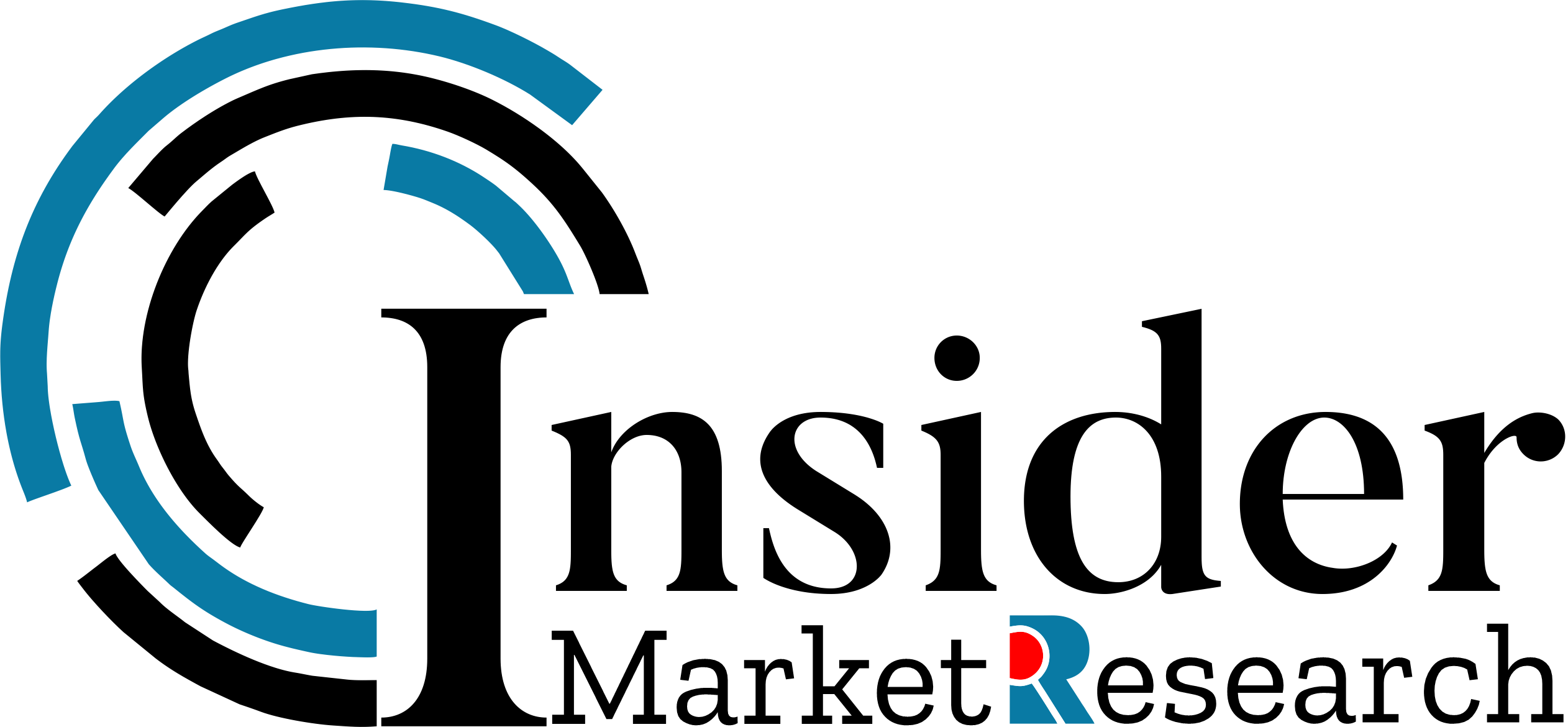Saving accounts are often touted as a safe and accessible way to store money while earning interest. However, they come with their own set of drawbacks that prospective savers should carefully consider. This article explores the disadvantages of Saving Accounts in detail, highlighting their limitations and offering insights into alternative options for maximizing savings.
Understanding Saving Accounts
It is deposit accounts offered by banks and financial institutions that allow individuals to deposit money, earn interest, and withdraw funds as needed. They are typically considered low-risk and liquid assets, making them popular choices for short-term savings goals and emergency funds.
Limitations
Despite their convenience and perceived safety, There are several disadvantages of Saving Accounts that can impact savers’ financial strategies and goals. It’s crucial to weigh these drawbacks against the benefits before deciding where to allocate savings.
Disadvantages of Saving Accounts
1. Low Interest Rates
It generally offers lower interest rates compared to other investment options such as stocks, bonds, or mutual funds. The interest earned on savings accounts may not keep pace with inflation, resulting in a decrease in purchasing power over time. This limitation makes it less effective for long-term wealth accumulation.
2. Inflation Risk
One of the significant disadvantages of saving accounts is the risk of losing purchasing power due to inflation. If the interest rate on a savings account is lower than the inflation rate, the real value of savings decreases over time. This erosion of purchasing power can diminish the ability of savings to meet future financial needs effectively.
3. Opportunity Cost

Choosing to keep funds in a savings account means forgoing potentially higher returns available from other investment opportunities. Investments in stocks, bonds, or real estate may offer greater long-term growth potential, albeit with higher risk. Savers must consider the opportunity cost of keeping funds in a low-yield saving account versus investing in higher-return assets.
4. Limited Access to Funds
While saving accounts offer liquidity, they often come with restrictions on the number of withdrawals or transfers allowed per month. Exceeding these limits can result in fees or account restrictions imposed by the bank. This limitation can hinder savers who require frequent access to funds or need flexibility in managing their finances.
5. Fees and Minimum Balance Requirements
Some impose maintenance fees or require a minimum balance to avoid fees. These fees can eat into the interest earned and reduce the overall return on savings. Savers should carefully review the fee structure and minimum balance requirements associated with saving accounts before opening an account.
6. Interest Rate Fluctuations
The interest rates offered on it can fluctuate based on economic conditions, monetary policy, and the bank’s financial health. A decrease in interest rates can significantly impact the earnings potential of saving accounts, making it challenging for savers to predict and plan for future returns.
7. Tax Considerations
Interest earned on savings accounts is generally subject to income tax, reducing the after-tax return on savings. Higher-income individuals may face higher tax liabilities on interest income, further diminishing the attractiveness of it as a wealth-building strategy.
8. Lack of Diversification
Saving accounts typically offer limited diversification benefits compared to investment portfolios comprising various asset classes. Diversification helps reduce risk by spreading investments across different assets and sectors. By solely relying on saving accounts, savers may miss out on the risk-reducing benefits of diversification.
9. Currency Risk

For savers holding funds in foreign currency it, currency fluctuations can impact the value of savings. Exchange rate movements can lead to gains or losses when converting funds back into the home currency, adding a layer of risk to saving accounts denominated in foreign currencies.
10. Deposit Insurance Limits
While saving accounts are generally insured by deposit insurance schemes up to a certain limit, exceeding this limit can expose savers to the risk of losing uninsured deposits in the event of bank failure. Savers with large sums of money may need to spread their deposits across multiple banks to maximize deposit insurance coverage.
11. Complexity in Comparison
Choosing the right savings account can be complex due to the variety of options offered by different banks. Savers must compare interest rates, fee structures, account features, and terms and conditions to find an account that best suits their financial needs and preferences.
12. Psychological Impact
The accessibility of funds in savings accounts can sometimes lead to impulsive spending or a lack of disciplined savings habits. Savers may find it challenging to resist the temptation to dip into their savings for non-essential purchases, potentially undermining their long-term financial goals.
13. Technology Limitations
The accounts may have limited online banking features or outdated technology platforms compared to other financial products. This limitation can affect the convenience and user experience for savers who prefer managing their finances digitally.
14. Dependency on Banking Institutions

Savers relying solely on saving accounts are inherently dependent on the stability and reliability of banking institutions. Economic downturns or financial crises can impact the solvency of banks, potentially jeopardizing the safety and accessibility of savings held in savings accounts.
15. Evolving Financial Landscape
The financial industry is constantly evolving, with new financial products and services offering innovative ways to save and invest. Savers should stay informed about advancements in financial technology and alternative savings options to adapt their savings strategies accordingly.
Conclusion
While it provides a secure and accessible means to store money and earn interest, it comes with several disadvantages of Saving Accounts that savers should carefully consider. From low interest rates and inflation risk to limited access to funds and opportunity costs, understanding these drawbacks is essential for making informed financial decisions. Savers seeking to maximize their savings potential may consider diversifying their investments across a mix of saving accounts, higher-yield investments, and diversified portfolios tailored to their risk tolerance and financial goals.
By weighing the advantages and disadvantages of saving accounts against alternative savings options, savers can develop a comprehensive savings strategy that aligns with their long-term financial objectives and aspirations. Moreover, staying informed about changes in interest rates, tax policies, and financial innovations can empower savers to make proactive adjustments to their savings strategy. By regularly reviewing their financial position and exploring alternative savings options, savers can optimize their financial well-being and work towards achieving their long-term financial goals.












